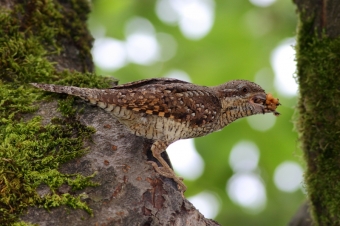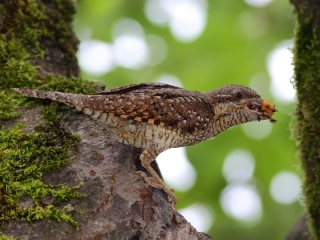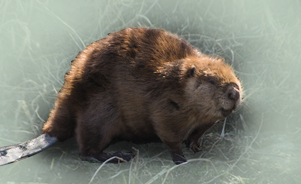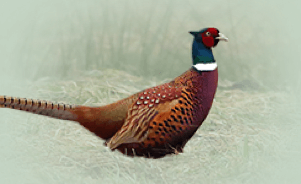Eurasian wryneck Jynx torquilla

Features
The Eurasian wryneck is a small woodpecker the size of a sparrow. It is brown and very difficult to spot because of its protective colour. It is the only migrant woodpecker. It migrates to the African savannah in the south of Sahara.
| Species | Bird |
| Living space | Meadow |
| Size | 16 - 18 cm |
| Weight | 35 g |
Description
We can most easily hear the Eurasian wrynecks in March and April, when they have come back from their wintering places, and couples sing in a duet to mark their territory. The Eurasian wrynecks nest in open cultural landscape with individual clusters of trees and shrubs, as well as in hay-fieldorchards. They make their nests in tree trunk cavities, and they feed on meadows where they search for various insects and larvae. The Eurasian wryneck is best known for its ability to turn its head by almost 180 degrees, hence the name in Slovene and many other languages (e.g. English wryneck, Spanish torcecuello, German Der Wendehals). It uses this snake-like head twisting and hissing as a threat display. Unlike other woodpeckers, it does not climb trees, but acts more like a songbird by jumping on the ground and sitting on horizontal branches. It enjoys eating ants, which it searches for in decaying wood, between plants and soil. It nests in open cultural landscape and orchards, in pre-existing holes in tree trunks, crevices in walls, holes in banks or in nesting boxes. Unlike other woodpeckers, the Eurasian wryneck is migratory; in autumn it migrates from the temperate regions of Europe to sub-Saharan Africa, and from the eastern parts of the area of distribution to South Asia.
Features Temenica (3)
SPECIAL ogr.




